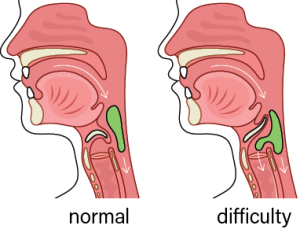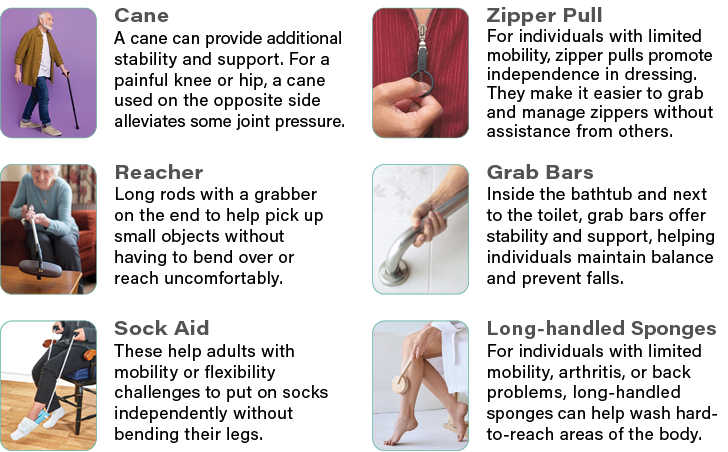As we age, it’s common to notice an increase in tiredness and a decrease in energy levels. While no one keeps the same high-energy levels as we did in childhood, there are ways to combat fatigue and maintain an active lifestyle as you age.
Tips to Reduce Tiredness & Boost Energy:
![]() Prioritize Sleep: To improve your quality of sleep, try to maintain a regular sleep schedule and a relaxing bedtime routine. Aim for seven to nine hours of uninterrupted sleep each night.
Prioritize Sleep: To improve your quality of sleep, try to maintain a regular sleep schedule and a relaxing bedtime routine. Aim for seven to nine hours of uninterrupted sleep each night.
![]() Stay Active: Engage in regular exercise to boost energy levels and improve your mood. Whether it’s brisk walks, swimming, yoga, or strength training, the key is to find activities you enjoy and make you feel energized.
Stay Active: Engage in regular exercise to boost energy levels and improve your mood. Whether it’s brisk walks, swimming, yoga, or strength training, the key is to find activities you enjoy and make you feel energized.
![]() Eat Well: Fuel your body with a balanced diet rich in fruits, vegetables, whole grains, lean proteins, and healthy fats for continued energy throughout the day.
Eat Well: Fuel your body with a balanced diet rich in fruits, vegetables, whole grains, lean proteins, and healthy fats for continued energy throughout the day.
![]() Stay Hydrated: Drink plenty of water throughout the day and limit caffeine and alcohol consumption, as they can disrupt sleep and lead to dehydration.
Stay Hydrated: Drink plenty of water throughout the day and limit caffeine and alcohol consumption, as they can disrupt sleep and lead to dehydration.
![]() Manage Stress: Practice stress-reduction techniques such as deep breathing, meditation, or tai chi to promote relaxation and increase energy.
Manage Stress: Practice stress-reduction techniques such as deep breathing, meditation, or tai chi to promote relaxation and increase energy.
If you’re experiencing persistent fatigue, it’s important to consult with your healthcare provider. They can help identify any underlying causes contributing to your tiredness and discuss the potential benefits of physical, occupational, and speech therapy. These therapies focus on strengthening exercises, pain management, energy conservation, stress management, and activity modification, helping older adults manage fatigue and maintain an active lifestyle.





